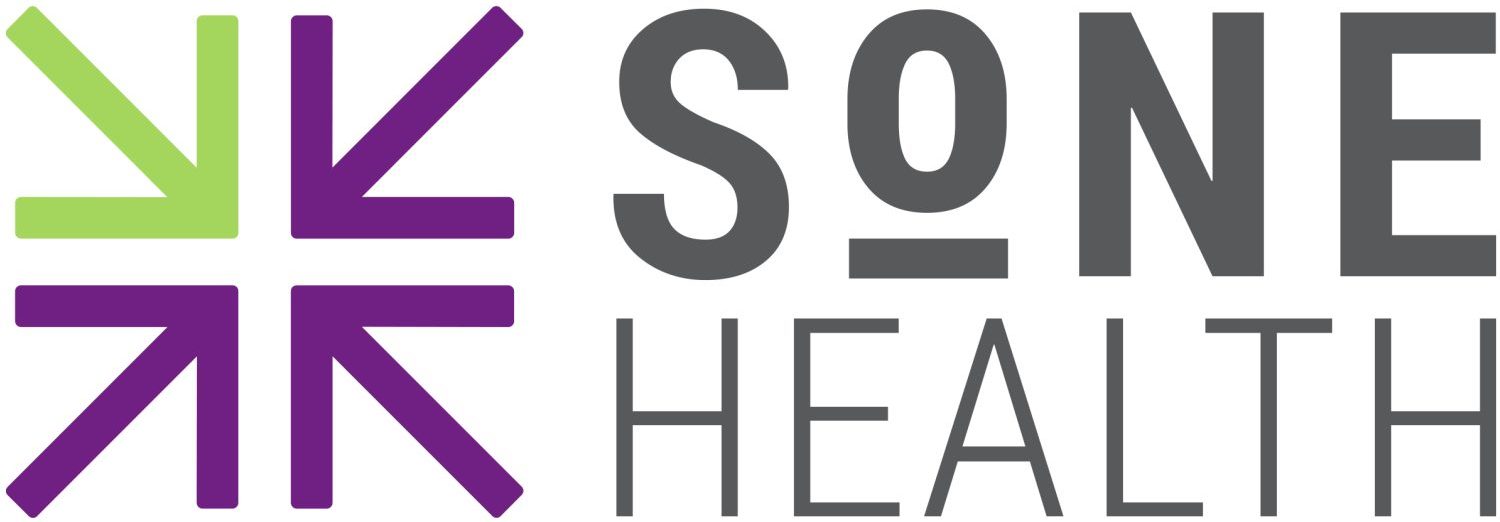Today, healthcare in the United States encompasses a disproportionate amount of the economy, hovering just below 20% of Gross Domestic Product (GDP). It has been immune to rational market forces that would ultimately drive competition and value in any other industry. No other country in the world has faced such high cost and low return as measured by life expectancy, chronic disease burden, outcomes, equity, and ultimately public trust.
Our situation evolved progressively with the institutionalization of employer-based healthcare after World War II, the implementation of large government programs supporting the elderly and indigent, and the increasingly technical and complex nature of modern medicine administered through a fee for service structure. The key driver has been a structural inability to link resource input with product output, or specifically in the case of healthcare delivery, cost with outcome.
If one were to look at healthcare in the United States as series of structural iterations, the pre-World War II era can be thought of as Healthcare 1.0 with the convergence of Centers for Medicare and Medicaid Services (CMS), employer-based care, and modern 20th century medicine bringing us to Healthcare 2.0. We are entering what historians may term the post COVID era which is accelerating and solidifying societal changes and paradigm shifts that have been brewing for the last decade. In healthcare, these accelerating trends are bringing us now to Healthcare 3.0.
So, what is Healthcare 3.0? The legal and regulatory framework for Healthcare 3.0 was set with the passage of the Medicare Access and CHIP Reauthorization Act of 2015 (MACRA) which ended fee for service payment to providers by mandating pay for value. We are now accelerating through the implementation of this new paradigm in both the private and public sector.
In Healthcare 3.0 it is the integrated organization which is responsible for assembling a ‘product’ for a population of patients. Competition is moved from the level of an individual provider or siloed medical service to the system level, with value measured based on the Total Medical Expense and outcomes for the population. Disruptive as it is, Healthcare 3.0 turns what may have been profit centers under Healthcare 2.0 into cost centers. It becomes less about providing individual services and more about how a diverse array of healthcare services are assembled to generate value as measured by the triple aim of better care, better health, and better value.
How does Diagnostic Imaging fit into Healthcare 3.0? Imaging drives medical decision making at all levels and is an essential part of modern medical care. The value of Diagnostic Imaging is not measured by the volume of studies performed, but rather by meaningful diagnosis that have an impact on outcome per unit cost.
From the unit cost perspective, Diagnostic Imagers have at their disposal powerful but costly and complex tools. In the past, high fixed costs have been supported by high reimbursement, which in turn lead to an explosion of diagnostic imaging service providers across the spectrum. In the era of Healthcare 3.0, profit centers become cost centers. This has led to a rapid restructuring with consolidation of imaging programs, departments, and service providers. Imaging resources must be operationally deployed with care to ensure that they are fully utilized within the system in order to meet high fixed overhead and maintain a low unit cost to the system.
The exciting part of the diagnostic value equation comes from making meaningful diagnosis that have an impact on outcome. This requires the integration of the Diagnostic Imager into the patent management team on a system level.
The first level of integration is ensuring that imaging is done appropriately. This requires linking the clinical indication with the appropriate test for that clinical indication based on evidence-based guidelines and best practices. At the highest level this is tied to the ordering process in the electronic medical records (EMR) and is now required by CMS as part of the ordering process (Clinical Decision Support, or CDS).
On a more granular level however, Diagnostic Imagers leverage their toolkit through protocol design to answer specific questions based on the clinical history. A Chest CT can come in several different flavors depending on whether the clinical concern is that of a pneumonia, pulmonary embolism, interstitial lung disease, or coronary artery disease. Imaging for each clinical scenario is different and must be tailored based on input from the care team and the patient’s medical record.
The second level of integration involves making diagnosis. Today, this goes beyond reading a study in isolation. It requires reviewing the imaging, clinical information in the EMR which is now directly integrated into the diagnostic imaging workflow and the patient’s entire digital imaging record contained within the PACS (Picture Archiving and Communications System) to render a relevant diagnostic opinion. As imaging studies frequently include hundreds if not thousands of images of the entire body at millimeter resolution with both anatomic, dynamic physiologic, and at times molecular information, software and computer systems have become essential tools for the Diagnostic Imager.
Ultimately it is the job of the Diagnostic Imager to synthesize clinical as well as both current and prior imaging data in order to render actionable information in a timely fashion to the care team. This can include a call to the Emergency Department (ED), a result in the patient’s chart, or discussion at a tumor board or other clinical forum with the care team. Ultimately this is where the rubber truly hits the road in terms of value.
The third level of integration for Diagnostic Imaging is in patient management. Advanced cross-sectional modalities such as CT (Computed Tomography), MRI (Magnetic Resonance Imaging), and PET (Positron Emission Tomography) have been termed ‘body imaging’ modalities as they provide a snapshot of a patient’s anatomy and physiology with a wealth of diagnostic information. Diagnostic Imagers are responsible for findings present on such imaging studies which can have an impact on patient health and wellbeing and thus require attention. It is not enough to find a lung nodule on a CT scan performed in the ED, but the information needs to make it to the care team and the patient connected with the proper follow-up. To put it simply, a diagnosis does not generate value unless it will have an impact on outcome and as such, it is not enough to generate reports, but Diagnostic Imagers now function as part of the larger integrated system tracking, navigating, and closing gaps in care on an operational level as part of the Diagnostic Imaging chain.
It has taken much proactive hard work and courage on the part of the many providers and people at SoNE Health and Trinity Health Of New England to embrace a value-based strategy. Over the last decade Diagnostic Imaging and providers across the spectrum within our organization have faced a similar trial of reflection, restructuring, and renewal. While we face a brave new world as we continue to emerge from the pandemic into Healthcare 3.0, organizations such as ours will continue to be well positioned to endure and lead going forward so long as we continue to be true to those we ultimately serve, our communities and our patients.

Anthony Posteraro, III, M.D., Radiologist, Radiology Associates of Hartford, P.C. and Co-Chair, SoNE Health Board of Directors

